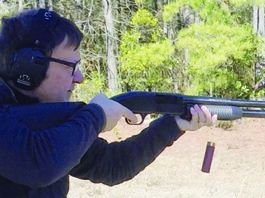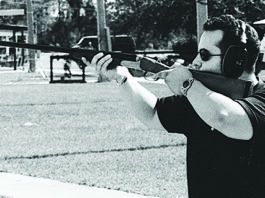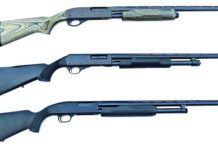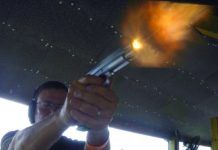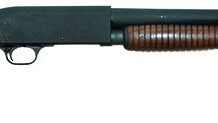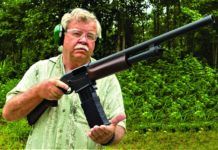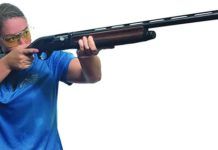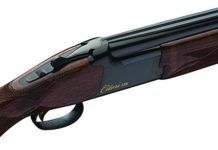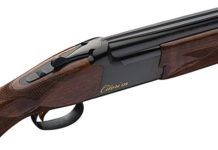VALUE GUIDE: March 2019 Self-Defense Shotgun Ratings
Log on to Gun-Tests.com to read complete reviews of these products in the designated months. Highly-ranked products from older reviews are often available used at substantial discounts.
Budget 20-Gauge Pumpguns: H&R, Mossberg, Remington
2018 Guns & Gear Top Picks: Firearms
What About the Ithaca Pump?
VALUE GUIDE: Recent Self-Defense Shotgun Ratings
Log on to Gun-Tests.com to read complete reviews of these products in the designated months. Highly-ranked products from older reviews are often available used at substantial discounts.
Home-Defense Shotguns: Are Magazine-Feds the New Thing?
Browning Upgrades the New Citori White Lightning
The Citori White Lightning is chambered for 12-gauge 3-inch shells and includes three Invector-Plus black Midas Grade extended choke tubes in Full, Modified, and Improved Cylinder constrictions. Available barrel lengths are 26 inches and 28 inches.
Semi-Automatic Shotguns for Ladies: Comparing 20 and 12 Gauges
224 Valkyrie Cartridge Specifications Approved
IWI TS-12 Shotgun: SHOT Show 2018
Hey shooters, this is Todd Woodard, editor of Gun Tests magazine, reporting from SHOT Show 2018. We're here with Tom (Alibrando, National Law Enforcement Sales Manager) from IWI to talk about the new TS-12 shotgun.
New Shotguns for 2018
Gun Tests reporters and editors on the scene at SHOT Show 2018 in Las Vegas scoured the show for new rifle, pistol, shotgun, and accessory entries for our readers to consider this year. Here's a rundown on quite a few just-introduced scattergun choices for 2018, some of which we'll be looking at for further examination later this year.
SHOT Show 2018: New Shotguns
Gun Tests reporters and editors on the scene at SHOT Show 2018 in Las Vegas have been scouring the show for new rifle, pistol, shotgun, and accessory entries for our readers to consider this year. Here's a rundown on quite a few just-introduced scattergun choices for 2018, some of which we'll be looking at for further examination later this year.


























